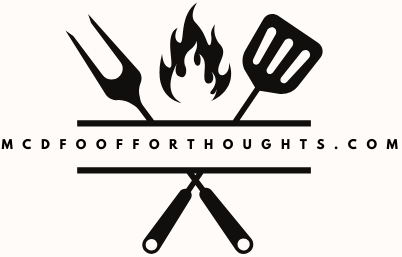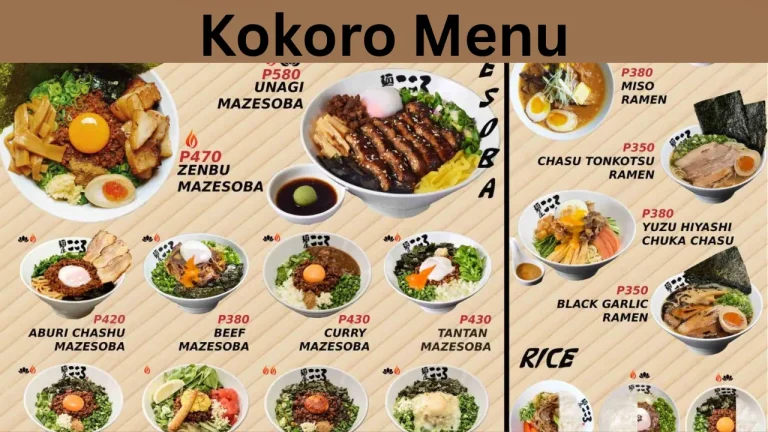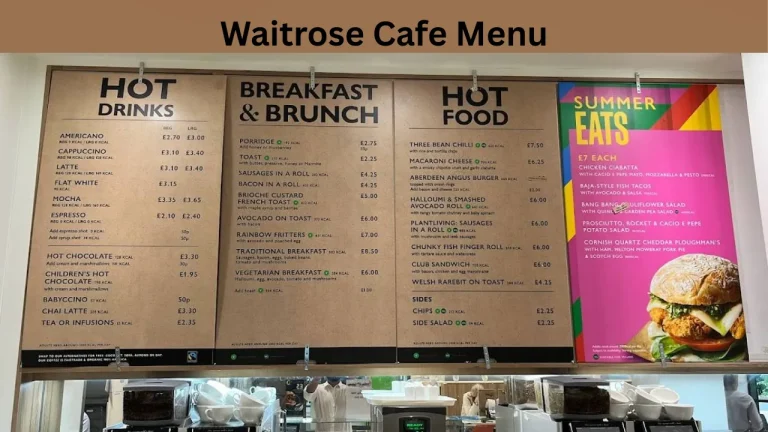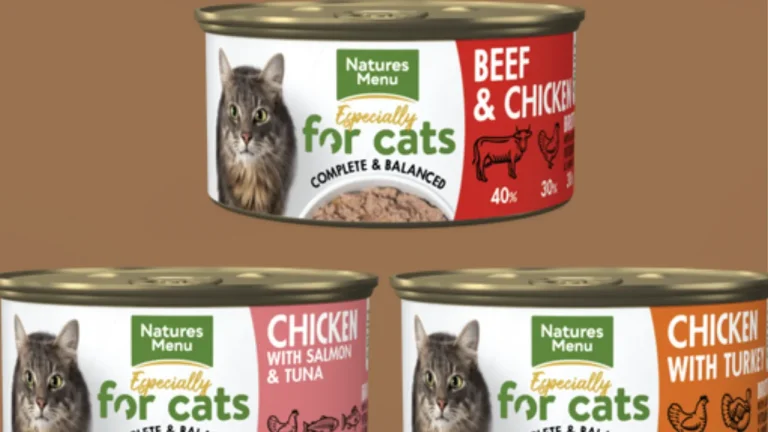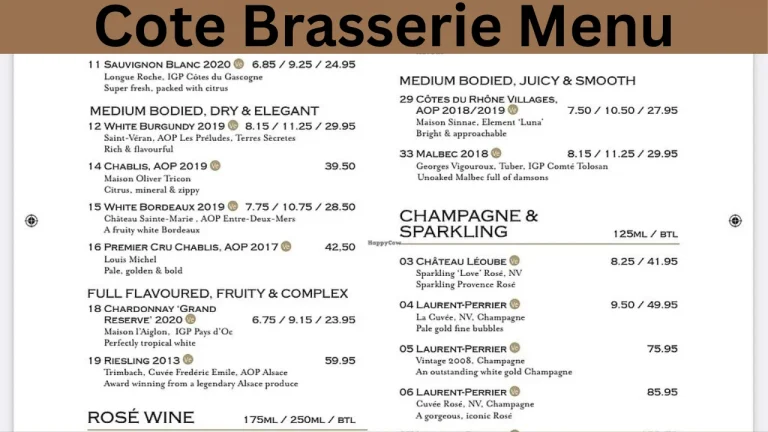GDK Menu: Guide to Understanding Its Role in GUI Development

The world of graphical user interface (GUI) development has evolved considerably over the years, and one of the most powerful tools in this space is the GDK menu system. Whether you’re developing an app or simply exploring how menus function in GTK-based applications, understanding the GDK menu is key to creating smooth and intuitive user experiences.
Read More About mcdfoofforthoughts.com here
What is GDK?
Before diving deep into GDK menus, it’s important to understand what GDK is. GDK, short for the GIMP Drawing Kit, serves as a foundational library for creating graphical user interfaces. It bridges the graphical display and the GTK (GIMP Toolkit), which developers widely use to create user interfaces in applications.
GDK helps manage windows, images, and events, enabling smooth interaction with graphical content. It’s essentially the tool that handles low-level drawing and input in a GTK-based application, providing developers with the power to manage how an interface responds to user input.
Read More About: Ding Tea Menu: A Flavorful Journey Through Taiwanese Delights
The Role of the GDK Menu in GUI Applications
When you develop an application that involves user interaction, menus are one of the most critical components. They help users navigate the software and find functions like “Save,” “Open,” or “Settings.” The GDK menu system is responsible for creating and handling these menus.
Menus in applications can be simple or complex, depending on the needs of the software. GDK menu allows developers to define these menus and the items within them. Users generally see these menus when they interact with a menu bar or right-click on an object to display a context menu. The GDK menu system allows you to specify what happens when users click an item and can manage everything from keyboard shortcuts to multi-level dropdowns.
Read More About: Cibo Manchester Menu: Taste Italy Without Leaving Manchester
Creating Menus with GDK
When building an application using GTK and GDK, creating a menu involves several steps. The first step is to define the structure of the menu itself. This can be done through a combination of GDK and GTK widgets.
A basic GDK menu consists of a few key components:
- Menu Bar: A horizontal strip typically located at the top of the window.
- Menu Items: The individual options within a menu, such as “File,” “Edit,” or “View.”
- Submenus: These are nested menus that appear when you hover over or click a main menu item.
- Accelerators: Keyboard shortcuts that allow users to interact with the menu options faster.
Each of these components is customizable and can be modified to suit the needs of your application.
Read More About: Biskits Menu: Guide to Comfort Food and Sweet Treats
How GDK Manages Menu Interaction
The GDK menu system handles all user interactions with menus. When a user clicks on a menu item, the GDK system listens for that action and triggers the appropriate callback function. This is where you can define what happens when an option is selected. For instance, selecting “Save” might trigger a function that saves the user’s work, while selecting “Open” could open a file picker dialog.
The GDK menu system also supports keyboard accelerators. These are key combinations that allow users to perform tasks without navigating the menus. For example, Ctrl + S might be set up to trigger the “Save” action.
Read More About: Harvester Menu: A Complete Guide to Delicious Dining
Key Features of GDK Menus
Easy Integration with GTK Widgets
One of the standout features of the GDK menu system is its seamless integration with GTK widgets. Developers can easily add menus to their applications without worrying about compatibility or custom code for each platform.
Customizable Menu Layout
With the GDK menu, customization is easy. Developers can define how menus will look, where they will appear, and what actions they will perform. You can create simple menus or sophisticated ones with multiple levels and submenus.
Event Handling and Callbacks
The GDK menu system provides event handling capabilities that allow you to attach callback functions to each menu item. This makes it possible to trigger specific actions when a user selects a menu item. For example, when a user clicks the “Open” menu item, the app can prompt the user to select a file, and the system will execute the defined callback function to handle the file.
Supports Context Menus
Context menus, or right-click menus, are an essential part of many applications. With GDK menus, developers can easily implement these right-click menus. The GDK menu system supports this functionality out of the box, making it easy for developers to create context menus for objects or areas within the application.
Advantages of Using GDK Menus
Streamlined User Experience
The GDK menu system ensures that your application’s menu system is smooth and responsive. This is essential for creating a user-friendly environment where users can easily access different functions of the software. A streamlined menu experience contributes to a more polished and professional application.
Cross-Platform Compatibility
Since GDK and GTK are designed to be cross-platform, the GDK menu works consistently across different operating systems. Whether you’re developing for Linux, Windows, or macOS, the GDK menu system ensures that the menu looks and behaves the same.
Robust Documentation and Community Support
One of the advantages of using GDK for menu development is the extensive documentation available. GDK and GTK have been around for many years and have a large community of developers. If you encounter issues while working with GDK menus, you can usually find solutions in the form of guides, tutorials, and community discussions.
Common Issues with GDK Menus and How to Solve Them
Menu Not Displaying Properly
Sometimes, menus might not display correctly due to incorrect widget handling or issues with the event loop. If this happens, make sure your GDK menu is properly added to the window’s widget hierarchy and that it’s correctly connected to the event handlers.
Incorrect Callback Functions
Another common issue is when the callback functions don’t work as expected. This can happen if the wrong signal is connected to a menu item. Always ensure that your callback functions are properly defined and connected to the correct menu items in your application.
Compatibility Issues
Though GDK menu is designed to work across platforms, there may be rare cases where menus behave differently on different operating systems. Always test your application on all target platforms to ensure that your menus function as intended.
Tables and Data Regarding GDK Menus
Below is a table showing the basic structure of a typical GDK menu:
| Menu Item | Action | Shortcut | Event Handling |
|---|---|---|---|
| File | Open, Save, Exit | Ctrl + O, S | Callback function for each item |
| Edit | Copy, Paste, Undo | Ctrl + C, V, Z | Callback function for each item |
| View | Zoom, Fullscreen | Ctrl + +, F11 | Callback function for each item |
Menu Item with Callbacks Example
| Menu Item | Callback Function |
|---|---|
| Open | openFile() |
| Save | saveFile() |
| Exit | exitApplication() |
Conclusion
The GDK menu system is an indispensable tool for developers working with GTK applications. By understanding its components and how they work together, you can create intuitive and functional menus that enhance the user experience. Whether you’re building a simple app or a complex one with multiple menu layers, GDK provides the flexibility and power to make your application stand out.
The GDK menu system enables seamless user interactions, supports customizable layouts, and allows for easy integration with other GTK widgets. It ensures that your application will work efficiently across different platforms, providing a consistent user experience. By following best practices and optimizing menu performance, you can ensure that your app’s menus are fast, responsive, and user-friendly.
